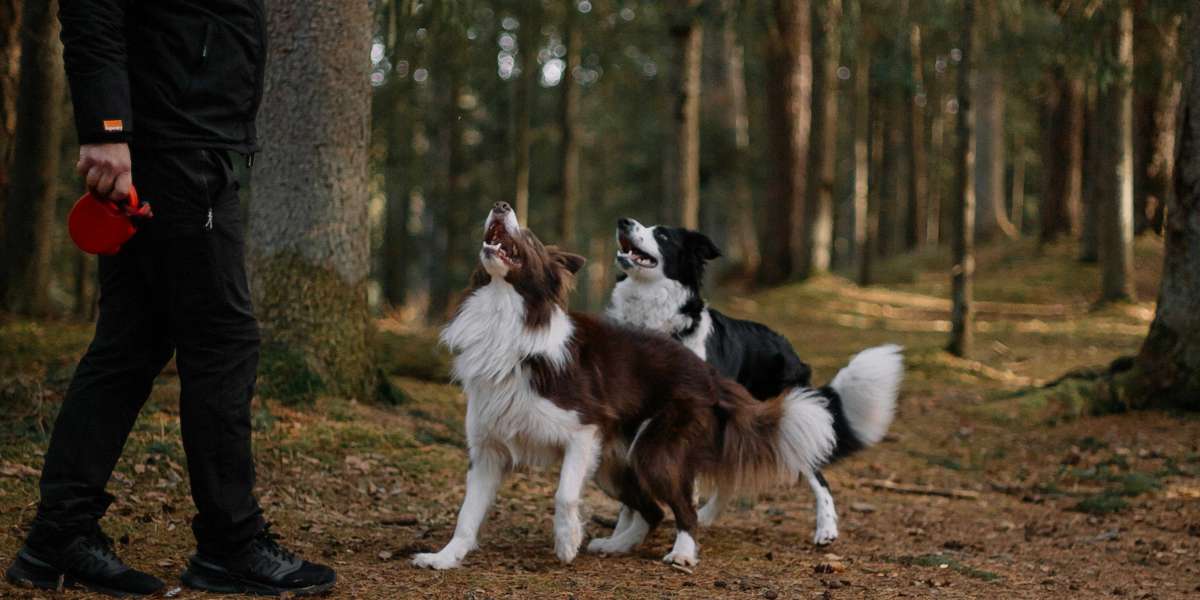Introduction
Ever tried shouting a command to your dog in a park full of distractions and got nothing but a wagging tail? You’re not alone. Dogs aren’t always tuned into our voices—especially when the world around them is full of smells and squirrels. That’s where visual cues for dogs come in.
Training your dog using hand signals not only boosts obedience but also sharpens your bond. This Hand Signal Dog Training Guide is your one-stop playbook to mastering silent commands and becoming your pup’s favorite communicator.
Understanding Your Dog’s Perspective
Dogs are experts at reading body language. While humans rely heavily on words, dogs watch movement. That sideways glance? That tilt of your hand? It all means something to your furry friend.
Interestingly, dogs don’t always hear as well as we think, especially as they age. Visual cues often get through when verbal ones don’t.
Benefits of Hand Signal Training
Training with hand signals isn’t just about being flashy—it’s deeply effective. Here’s why:
- Improved Communication: Dogs often respond faster to hand gestures than to words.
- Ideal for Deaf Dogs: Visual training becomes essential for dogs with hearing issues.
- Stronger Focus: Dogs learn to watch you more, creating better engagement.
- Non-Verbal Backup: If your voice fails (or you just want to be stealthy), hand signals save the day.
When to Use Hand Signals
Visual commands are perfect when:
- You're in loud environments (like dog parks).
- You want to train discreetly.
- Your dog is hard of hearing.
- You’re reinforcing already learned behaviors.
Getting Started with Hand Signal Dog Training
First things first—start simple.
- Pick a Quiet Spot: Minimize distractions to maximize learning.
- Use Tasty Treats: Motivation is everything.
- Be Consistent: Always use the same gesture for each command.
Basic Hand Signals for Dogs
Let’s cover the foundation:
- Sit: Palm facing up, move hand upward.
- Stay: Open palm facing the dog, like a “stop” signal.
- Come: Arm outstretched, then sweeping toward your chest.
- Down: Point to the ground with your index finger.
- Heel: Tap your side or use a circular motion near your hip.
Advanced Hand Signals
Once your dog masters the basics, take it up a notch.
- Roll Over: Circle your index finger in the air.
- Speak: Open and close your hand like a mouth.
- Quiet: Finger to lips—yes, like shhh!
- Spin: Finger circle close to the floor.
How to Teach a Hand Signal
- Start with Verbal + Hand Signal Together. Say “sit” while showing the signal.
- Use Treats to Lure Behavior. Guide the dog physically if needed.
- Mark and Reward. Use a clicker or say “yes!” then give a treat.
- Repeat Until It Clicks. Practice in short sessions, daily.
Visual Cues for Dogs with Special Needs
Dogs with hearing loss rely solely on sight. For them:
- Use flashing lights or laser pointers (never directly in the eyes).
- Consider vibration collars—not shocks—just a buzz.
- Use consistent and clear gestures.
Learn more tips from this helpful guide on visual cues for dogs.
Common Mistakes to Avoid
- Switching Signals Frequently: Confuses the dog.
- Using Similar Gestures for Different Commands: Leads to mix-ups.
- Skipping Rewards: Dogs need feedback to learn.
Combining Verbal and Visual Cues
Many trainers start with both, then slowly fade the verbal part. You might whisper “sit” but just raise your hand one day—and voilà, your pup obeys.
Visual Cues vs. Verbal Commands
So, which is better?
- Visual cues are easier in loud places and better for deaf dogs.
- Verbal commands work when the dog isn’t looking at you.
Why not use both? Let them reinforce each other.
Tools to Enhance Visual Dog Training
- Clickers: Great for marking correct behavior.
- Videos: Record yourself to check consistency.
- Mirrors: Let your dog observe body movement cues.
Staying Patient and Positive
Like kids learning math, dogs need repetition, encouragement, and love. Don’t rush it. Every dog learns at their own pace. Celebrate small victories like tail wags or eager stares—they’re signs you’re on the right track.
Conclusion Final Thoughts
Hand signal training is one of the most effective and rewarding ways to bond with your dog. Not only does it enhance communication, but it also turns your training sessions into fun, engaging games. Whether your dog is young, aging, or hard of hearing, using visual cues opens up a world of understanding.
For expert tips, visit ibelu and dive deeper into dog training knowledge.
FAQs
- Can any dog learn hand signals?
Absolutely! Age, breed, or background doesn’t matter—any dog can learn with patience and practice. - How long does it take to train a dog with hand signals?
It depends on the dog, but many learn basic signals within a few weeks of consistent training. - What if my dog doesn’t look at me?
Use treats and eye contact games to build engagement. You can’t train with hand signals if your dog never looks at you! - Should I stop using verbal commands altogether?
Not necessarily. Use both if it works for you and your dog. Visual cues are just a bonus, not a replacement (unless needed).
5. Are hand signals good for aggressive or reactive dogs?
Yes! In fact, silent communication can calm a reactive dog better than shouting commands.








